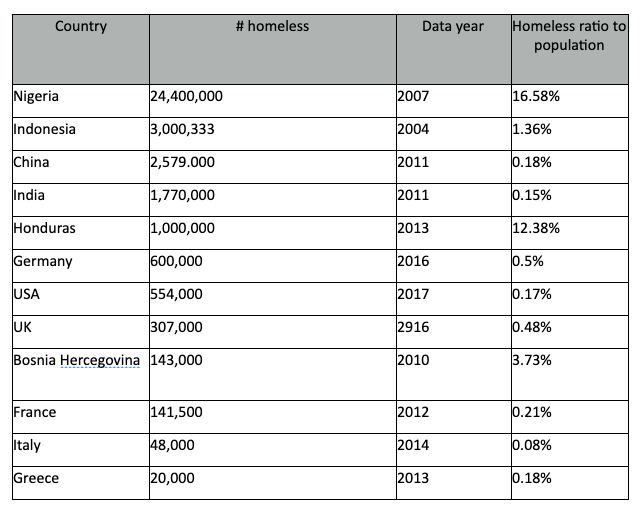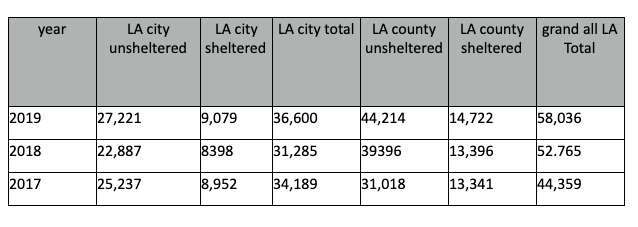Date of Publication: August 2019
Year of Publication: 2019
Publisher: The Millennium Alliance for Humanity and the Biosphere
Author(s): Gioietta Kuo
Before we discuss the global phenomenon of homelessness we need to understand one of the driving forces behind it which is the relentless rise of our population. Already in 2019 the world is supporting an unsustainable 7.7 billion with an annual rise of 1 %. The future prospect is nothing but horrific: 8.6 billion in just 10 years time 2030, 9.7 billion in 2050 and 11.5 billion in 2100. Is the world livable by then? [1][2]
It goes without saying that all the ills of overcrowding from global overpopulation will become more and more evident. The UN estimated in 2005 there were 100 million homeless people worldwide. Homelessness has become an emerging urgent crisis and affects every county in the world. [3]
Based on national reports, it’s estimated that no less than 150 million people, or about 2 percent of the world’s population, are homeless to some extent. However, about 1.6 billion, more than 20 percent of the world’s population, may lack adequate housing. Obtaining an accurate picture of homelessness globally is challenging for many reasons. Habitat for Humanity has shown that 1.6 billion people lived in “inadequate shelter” [4].
The characteristics and causes of homelessness around the world are complex and varied since each country has a varied economic and political history. Solutions to this problem are also very complex. Homelessness is the result of a series of economic and social factors in the labour market, in housing policies, in social security, in education, in physical and mental healthcare and training policies and in the changes in family structure. Poverty is a principal reason which strangely afflicts even the most prosperous countries in the world.
First we list some notable data of interest:[5]
This is a list of countries (not all 195) by the homeless population present on any given night.
HOMELESSNESS BY COUNTRY
We shall concentrate here only on several industrialized countries.
USA
The following statistics are alarming: 564,708 people in the U.S. are homeless [6]. According to a recent report, over half a million people were living on the streets, in cars, in parks, in homeless shelters, or in subsidized transitional housing during a one-night national survey last January.
Many major cities are affected by people experiencing homelessness, which is growing every day. Prosperous centers like Seattle, Los angeles, San Francisco, Denver, New York, Washington and Austin, which has even legalized homeless living on the streets, are jarred by the sight of such human suffering.
Unsheltered homeless are those ‘sleeping rough’ (e.g. sleeping in parks). Figures correspond to ‘point-in-time’ estimates obtained by counting homeless people in late January.
2016 DATA
sheltered homeless 372,571
unshelterd homeless 176,357
——————————————–
Total 549,928
- Los Angeles [7]
A recent count of the homeless population revealed that it had risen 12% over the last year, to nearly 60,000 people. Apart from soaring rents, low wages and stubbornly local high unemployment the opioid crisis has also had an impact on more people experiencing homelessness for the first time. The roots of these problems are deep in the failures of our society.
I am giving a rather detailed composition of homelessness in Los Angeles since it is the top region of homelessness in US.
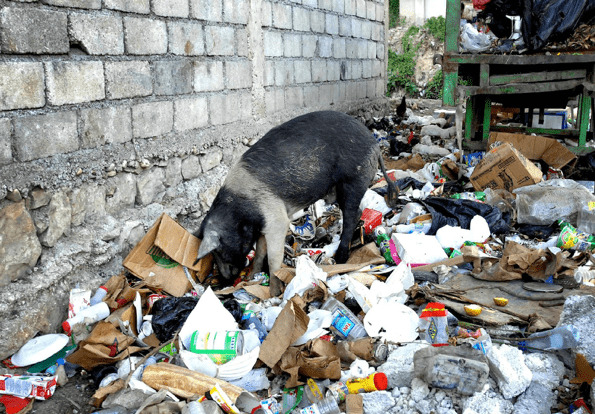
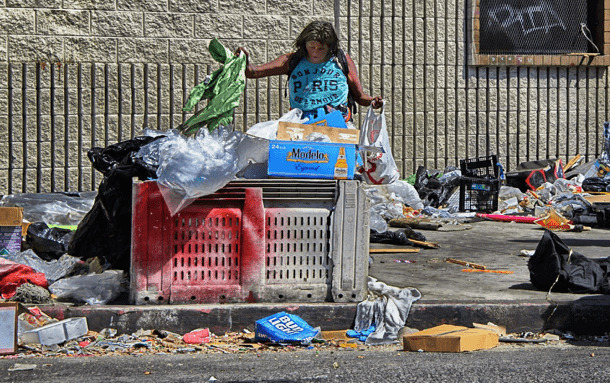
Detail Facts About the 2019 Homeless Population
Of course, not every city will have the same causes, this list shows some of the general demographics of those experiencing homelessness in LA county. In Los Angeles County: [7]
- 9% are under age 18.
- 31% are female.
- 15% are in family units (often headed by a single mother}.
- 16% are physically disabled.
- 28% are chronically homeless.
- 15% of homeless population have substance abuse disorders.
- 25% of homeless population suffers from serious mental illness.
- 7% of homeless population were victims of domestic/intimate partner violence.
- 7% are veterans
- 34% are African Americans
In addition, increased poverty rates amongst its population is a pervasive factor in fueling homelessness in LA county[8]. What is shocking in the sharp rise since 2018.
According to the Los Angeles Homeless Services Authority, in 2019, approximately 50,000 to 60,000 persons may be found homeless on any given night in Los Angeles County, more than 44,000 of them on the streets.
- San Francisco[9]
Over the last 2 years the homeless population increased 31% to about 9,700 this year. It is driven in part by a lack of housing and a roaring technology silicon valley economy which has widened the gap in income inequality. The total number of people experiencing homelessness in greater San Francisco area in May 2019 is more than 25,000.
San Francisco city does not have more homeless people than other cities. Relative to the cities’ populations, the over 6,000 people that are homeless in San Francisco city is higher than in New York City, but lower than in Los Angeles, Seattle, and Washington D.C.
The reason San Francisco city has the second largest homeless ratio after Los Angeles is because the bay area has a much smaller land area.
- CHINA
There are over 1.351 billion people living in China. Out of that 1.3 billion, 200 million are considered to be homeless. [10]
Homelessness is not a social problem normally associated with China however, it appears to be growing, particularly among the population of migrants and those victims of earthquakes and other natural disasters who have moved into China’s cities.
In China, you may see some homeless people on the streets but it is not explicitly common because the Chinese authorities are very strict with them. But this does not mean that there are very few homeless people in China. Another reason why it is not commonly seen is the perception of homelessness as a shame and a taboo in the Chinese society[11].
In 2011, there were approximately 2.41 million homeless adults and 179,000 homeless children living in the country. However, one publication estimated that there were one million homeless children in China in 2012.[12]
- DANGEROUS HEALTH WARNING
- Often the living environment of people experiencing homelessness can cause concern for many health reasons. Due to the lack of toilet facilities and people gathering near distribution centers, trash tends to pile up in areas where many people are living outside (see figure 3). Unfortunately, this creates a perfect breeding ground for rats. Fleas carried by rats cause the deadly disease of typhus. Already over 100 cases have been found in October 2018 [13][14].
- Public health expert Dr. Drew Pinsky [15] has warned that Los Angeles faces imminent BUBONIC PLAGUE outbreak which the US has not seen for nearly a century. Bubonic plague is the black death responsible for wiping out 1/3 of population of Europe in the Middle ages. It is carried by rats, transferred by fleas to pets and from pets to humans. It is curable by antibiotics if caught early.
D.CONCLUSION
As the world is quickly using up its diminishing resources and population is rising inexorably, it is no wonder that the number of people experiencing homelessness is fast increasing. In this article, we have concentrated exclusively on the cold statistics of homeless numbers, ignoring a very important fact – which is the humanity aspect of the whole polemic. We should look at the problem from the perspective of someone experiencing homelessness: the hunger, the thirst, the wind, the rain, the cold, the heat, the trash, the lack of healthcare and basic washing facilities, the total discomfort of not having a home and the dejection and helplessness that is sadly visible on their faces. The list is long.
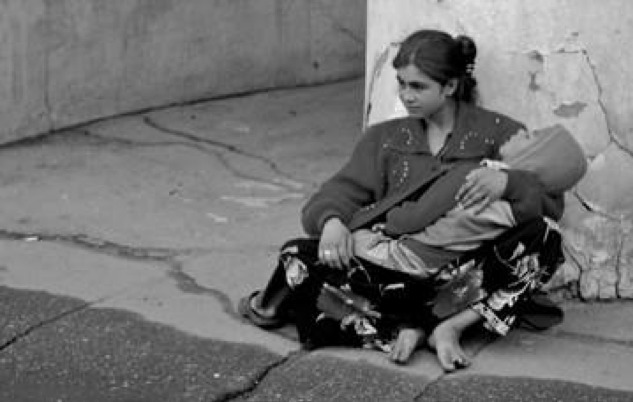
One can but cry for the mother, being unable to provide a home for her child.
What can be done? San Francisco for example, spends more than $300 million a year fighting homelessness. Yet it’s not working – at least not enough. Amid a housing shortage, rampant drug addiction and a failing mental healthcare system, the everyday crisis on our streets has intensified.
As we have listed in Section B, there are many reasons for homelessness which stem from failures of our society. Since the causes are varied, so the solutions are complex. We need a sensible combination of political, social, mental health and huge financial resources. Is this happening on the scale required? Here are some of the complex social challenges we are faced with solving if we are to make an impact in the homeless crisis.
- Every day, more than 115 people in the United States die after overdosing on opioids. The misuse of and addiction to opioids—including prescription pain relievers, heroin, and synthetic opioids such as fentanyl—is a serious national crisis that affects public health as well as social and economic welfare. The US is in a opioid crisis. Mexico is dominated by drug cartels. They make use of the porous Mexico – USA border to infiltrate the country with massive amount of drugs to make many people addicted. How can all these mentally afflicted people be treated? The scale of the resources necessary to cope with the problem is gigantic.
- Income inequality is a rising problem all over the world. One percent of population has access to half the wealth the middle class remains stagnant and the bottom of the population remains in poverty. Short of an extreme recession or a convulsive war, the economy will not be easily changed.
- Poverty and lack of education for working skills is driving people into the streets. Lack of affordable housing and wages are too low for those in poverty. For the fourth year, The San Francisco Chronicle is leading the SF Homeless Project, a consortium of media organizations focusing on the seemingly intractable problem of homelessness. Progress has been made, but problems remain.
- Of course, one has to heed the warnings of public health doctors about impending horrific diseases like Typhus and Bubonic plague. But do we have to wait for such disasters before helping those suffering helpless people?
Gioietta Kuo, MA at Cambridge, PhD in nuclear physics, Atlas Fellow at St Hilda’s College, Oxford and Princeton University plasma physics lab, is a research physicist. Over 70 professional articles and over 100 articles in environmental problems – in World Future Society-wfs.org, amcips.org, MAHB and other worldwide think tanks. Also in Chinese in ‘People’s Daily’ and ‘World Environment’ – Magazine of the Chinese Ministry of Environmental Protection, and others in China. She can be reached at <kuopet@comcast.net.>
REFERENCES
[1] World Population Prospects 2019: Highlights – un.org
www.un.org/development/desa/publications/world…
[2] World population projected to reach 9.8 billion in 2050, and …
www.un.org/…/world-population-prospects-2017.html
[3] As Cities Grow, So do the Numbers of Homeless
yaleglobal.yale.edu/content/cities-grow-so-do…
[4] The fight against homelessness – Focusing Future
www.focusingfuture.com/…/the-fight-against-homelessness
[5] List of countries by homeless population – Wikipedia …
wiki2.org/en/List_of_countries_by_homeless…
[6] 2016’s Shocking Homelessness Statistics – socialsolutions.com
www.socialsolutions.com/blog/2016-homelessness…
[7] Homeless in Los Angeles County, California
laalmanac.com/social/so14.php
[8] 20.4% Poverty Rate in Los Angeles, California – welfareinfo.org
www.welfareinfo.org/poverty-rate/california/los…
[9] Why San Francisco’s homeless population keeps increasing …
www.marketwatch.com/story/the-homeless…
[10] How many homeless people are there in China – answers.com
www.answers.com/Q/How_many_homeless_people_are…
[11] China: How bad is homelessness in China? – Quora
www.quora.com/China-How-bad-is-homelessness-in-China
[12] Homelessness in China – Wikipedia
en.wikipedia.org/wiki/Homelessness_in_China
[13] Typhus zone’: Rats and trash infest Los Angeles’ skid row …
www.nbcnews.com/news/us-news/typhus-zone-rats…
[[14] Typhus outbreak in Los Angeles County surpasses 100 patients
www.nbcnews.com/news/us-news/typhus-outbreak-los…
[15] Dr. Drew: Rat-Infested Los Angeles Faces Imminent Bubonic …
newspunch.com/dr-drew-rat-infected-los-angeles…
The views and opinions expressed through the MAHB Website are those of the contributing authors and do not necessarily reflect an official position of the MAHB. The MAHB aims to share a range of perspectives and welcomes the discussions that they prompt.

